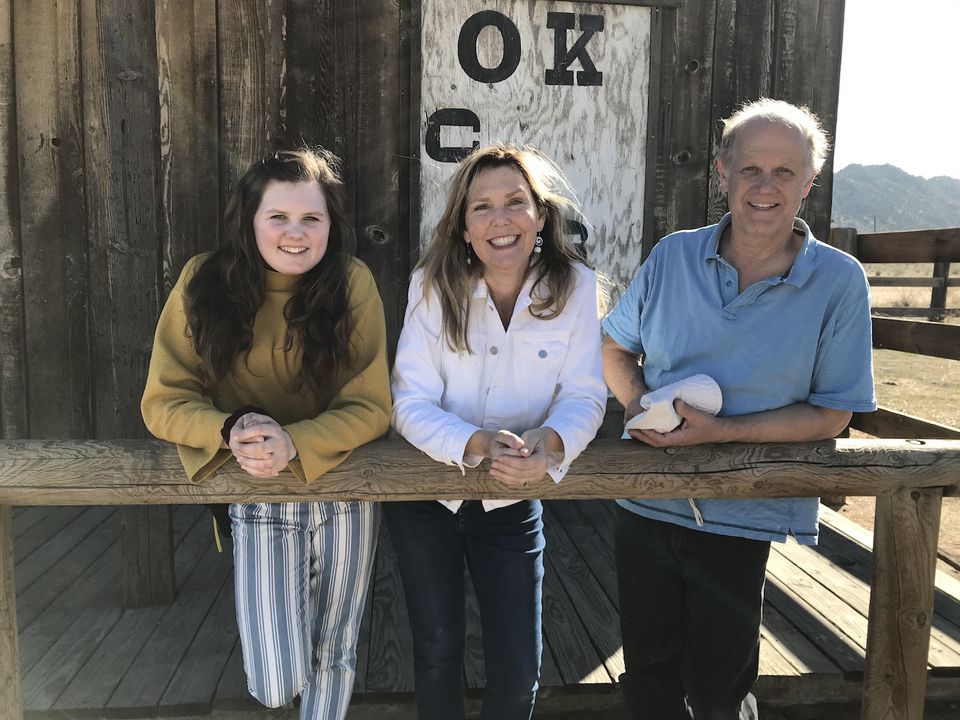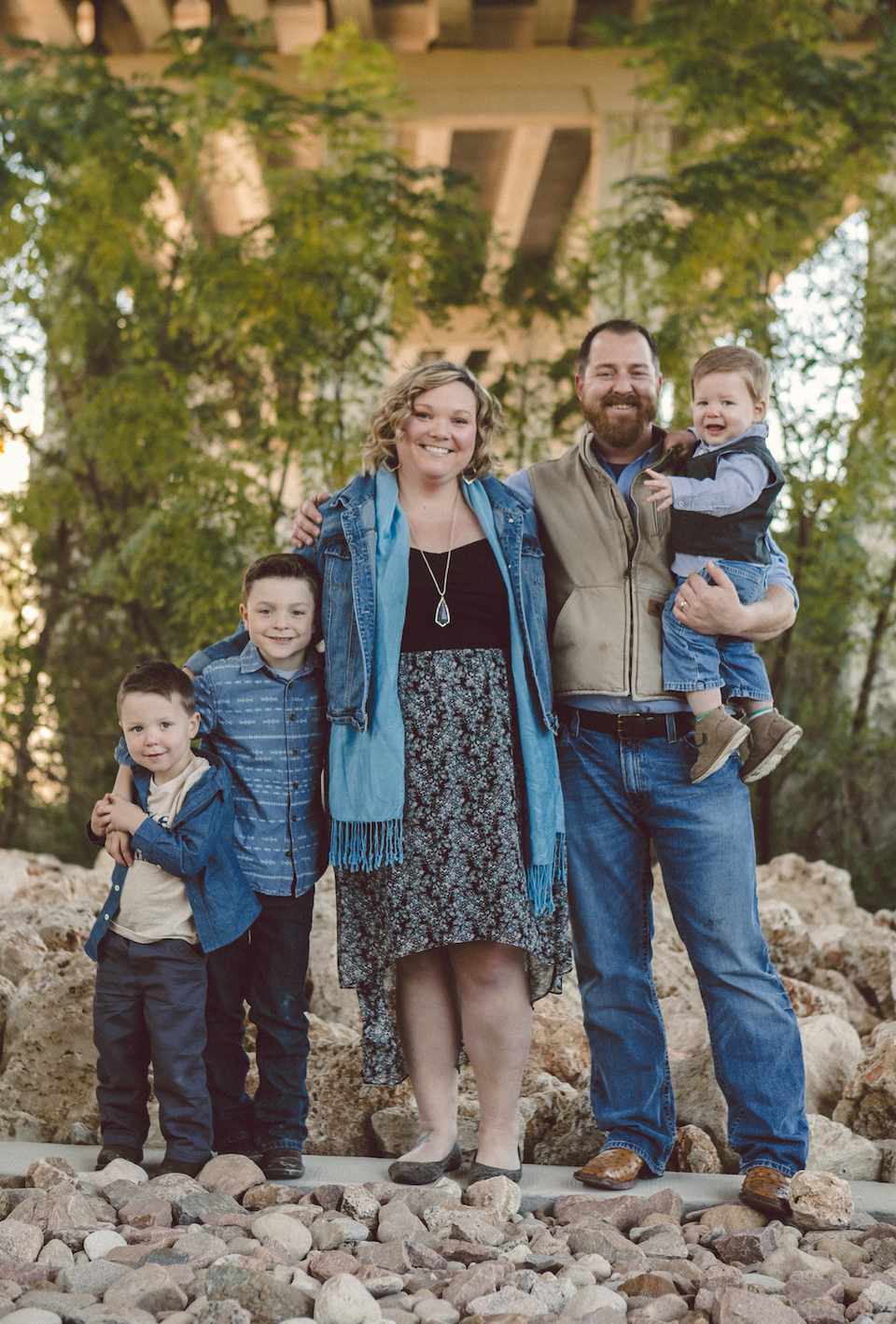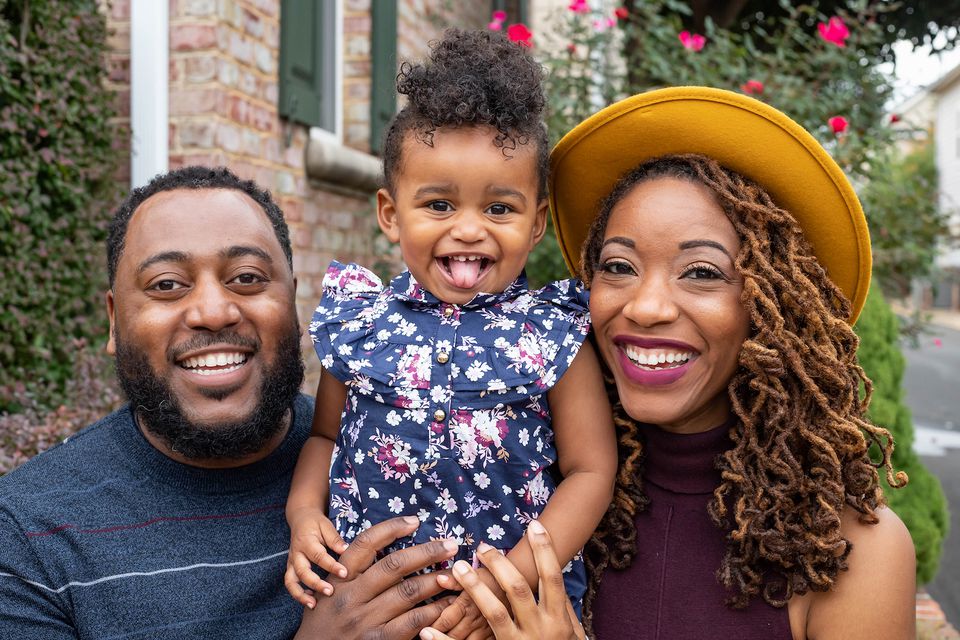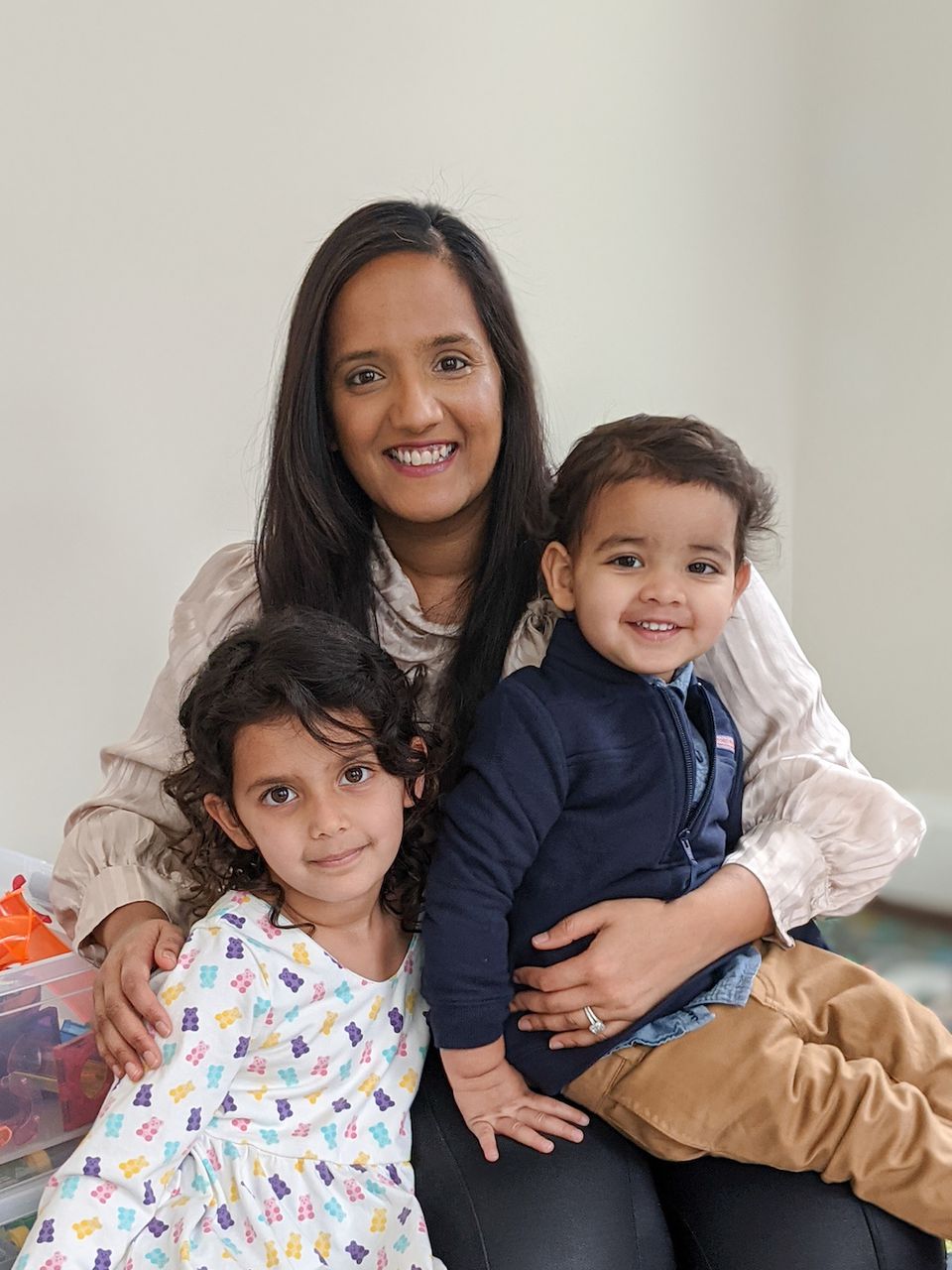A year into the pandemic, the stress had gotten to be too much for Beth Phillips's 11-year-old son. He kept hearing about people the family knew who died from COVID-19. Not understanding the higher risks that come with pre-existing conditions, he thought that if anybody in his immediate family got COVID, they would die.
"He came to me the other day and said, 'Life just doesn't feel like it's worth living anymore because I'm just scared,'" says Phillips, who lives in Texas. "He just started crying."
It wasn't the first time her son had expressed hopelessness during the pandemic. Before his birthday in October, Phillips asked him how he wanted to celebrate. "He said, 'I don't want to do anything. It doesn't even feel like a birthday; there's no point,'" his mom remembers. "It was really sad. We couldn't get him out of that funk."
The pandemic has unearthed a myriad of challenges across generations. But for kids it can be especially stark. Emerging research shows that the impacts of the pandemic could be long lasting as some kids struggle with serious mental health issues or face setbacks in their academics and ability to socialize with others.
Experts point to school closures.
“Schools are really the heart of meeting a lot of needs of young people,” says Karen VanAusdal, senior director of practice at CASEL, the Collaborative for Academic, Social, and Emotional Learning. “When you remove that, there are ripple effects in our society.”
Of course, not every child is struggling in the same way. Some are flourishing in isolation—and instead worry about reentering school and society when it’s safe. Others have found new ways to socialize with friends safely but might be failing in school. And some are missing out on the vital services they need to grow, including meals, therapy, and mental health services they would get at school.
"We need to acknowledge that there has been a whole spectrum of experiences," says VanAusdal, who works with school districts across the country on social and emotional learning programs. "We have to figure out how to address that full range of experiences."
The Academic Slide
As schools shut down last spring, Phillips grew frustrated with the quality of the virtual education her three boys—then in preschool, first grade, and fourth grade—were getting. "It was a lot of busy work," she says. "They weren't really learning anything." Now her kids are back at in-person school, and she's pleased with their progress.
And while Nancy Brier's 17-year-old daughter, a high school junior in California, is doing well in her coursework, which is all virtual, Brier has been concerned about screen time and dismayed by some teachers who she says haven't been mindful of it. Her daughter ultimately dropped one class because it was too much.

Many school districts have mounted a massive effort to distribute devices and hotspots to kids who need them. And countless teachers have incorporated creative ways to ensure kids are learning and engaged online. But glitchy software or slow internet connections dampen those efforts. And as parents attempt to work and supervise their kids at the same time, some don't have the resources, knowledge, or time to help with every technology issue or tutor them in fractions.
“One of the biggest takeaways is that there is no average kid right now,” says Ryan Balch, Ph.D., a former teacher and senior lecturer in education policy at Vanderbilt University. “The situation varies school by school. The situation varies teacher by teacher, and it varies house by house.”
But what research shows is that many kids are struggling to learn, particularly students who were marginalized before the pandemic because of their socioeconomic status, race, or learning differences.
Last fall, the Center for Research on Education Outcomes at Stanford University calculated a “COVID slide” in 19 states that totals between 57 and 183 days of learning loss in reading and 136 to 232 days of learning loss in math in spring 2020 for students.
In October, Bellwether Education Partners, a nonprofit that researches education issues, estimated that as many as 3 million students may have simply stopped going to school in March 2020. Many of these missing students live in low-income households and are more likely to be Black, Latino, or Native American, according to the report.
The worst-case scenario is that this learning loss will carry forward, impacting a child's achievement through school and their success into adulthood. "The divide gets worse and worse if the original issue isn't fixed," says Dr. Balch.
But there is some good news, says Halley Potter, senior fellow at The Century Foundation, a progressive nonpartisan think tank. Research shows that students can recover lost learning if school districts have the funding and resources for summer learning programs, extended school years, and intensive tutoring. A study from ERS, a national nonprofit that partners with local and state leaders, found that with targeted tutoring, kids can make up one to two years of academic growth. But, says Potter, school systems across the country will need funding and flexibility to make that happen.
"One of the things that I would really like to see is our leaders in Washington stepping up and providing significant support for summer learning, especially for low-income students over this next summer," she says.
The community—from parents to local businesses—also will need to step up to provide support, such as tutoring, says Dr. Balch. "All cards need to be on the table, all options need to be present, all hands on deck," he says.
And as school districts look for ways to support students who need to catch up, Potter says they also should note what’s working now, including why some kids have thrived during remote learning and how some children of color have felt less of a burden because they’re away from long-standing discriminatory practices. Research, for example, has shown racial disparities in how kids are disciplined at school. “There’s a real opportunity to seize on some of those learnings to try and reinvent things,” she says.
Mental Health Issues on the Rise
At school one day, when her middle son's second grade teacher told him to switch out his gaiter for a face mask, Phillips was shocked to hear he'd thrown a chair in class. "He must be dealing with bigger things that he doesn't know how to name or how to deal with and that caused him to act out like that because he's never done that before," she says.
And her oldest son, who has ADHD and is in special education classes at school, has seen a counselor in the past. His teacher and school counselor provide great support at school, she says, but she’s thinking about possibly sending him back for more counseling. Phillips, who works in public relations, has clients in the mental health space, and she’s read the reports about suicide and kids during the pandemic.
"That scares the hell out of me. I just don't want him to be one of those statistics," she says of her oldest son. "That's just always in the back of my mind."

Jennifer Rothman, senior manager of youth and young adult information, support, and education for the National Alliance on Mental Illness, says we don’t know what the impacts of the pandemic on kids’ mental health in the long run will be just yet. New reports, however, paint a scary picture across nearly all age groups.
Data from the Centers for Disease Control and Prevention (CDC) show that while overall rates of emergency room visits have decreased during COVID, the proportion of visits related to mental health emergencies, when the patient may be a danger to themselves or others, has grown—up 24 percent for kids ages 5 to 11 and 31 percent for kids ages 12 to 17.
Those emergencies include suicidal ideation. It’s not clear if there was a spike in suicides last year, but there are signs that it could be a problem. Las Vegas is reopening schools because of student suicides there. And across the country, as youth sports were canceled, there is a troubling trend among young athletes who have died by suicide.
Meanwhile, the National Eating Disorders Association has seen a 46 percent increase in the number of minors contacting them for help—22 percent of total contacts from March 2020 to December 2020 were minors compared to 15 percent from the year before. Eating disorders have the second highest mortality rate of any psychiatric illness, just behind opioid addiction, according to the association.
When kids tell Martha Perry, M.D., a pediatrician and medical director of UNC Children’s Primary Care Clinic in North Carolina, that they don’t understand why they’re feeling so bad, she points out what they’re missing. Even if they didn’t enjoy school, they’ve lost the daily routines of school life, including a regular eating and sleeping schedule and physical movement at recess or to and from class, along with time around other people.
"All these things impact your mood and energy, and all of that is gone," says Dr. Perry. "So it's not surprising that we're seeing the increase in depression and anxiety, in particular."
She's especially worried about teens. Biologically craving independence, they prefer to get support from their peers, who they may be shut off from during the pandemic. And parents, who may think their teens need less supervision than younger kids because they appear so capable on the outside, might not be catching red flags that they need help.
"On the one hand, they are old enough to take care of themselves physically," says Brier, the mom of a 17-year-old. "But on the other hand, they are still so needy. And I think that, as parents, is really important for us to hold that in our hearts."
The bottom line is every child is responding differently to months without normal activities and isolation from regular contact with friends. And some kids are more prone to mental health issues. Rates of anxiety and depression and suicide among kids and teens were growing even before COVID, according to the CDC. And while it’s not clear if the recent rise in mental health issues will linger in the future, it’s important for parents to know these illnesses are treatable.
If parents believe their child is struggling with a mental illness, a good first step is to contact their pediatrician for an evaluation, says Rothman. "From there, your pediatrician will be able to refer you to specialists to decide on what treatment options will work best for your child," she says. "The earlier your child starts treatment, the better the outcomes."
A Need for Socialization
After a move that took her family from Chicago to Baltimore last spring, Shefali Shah's 5-year-old daughter is thriving. She moved seamlessly into her new school and has gotten to know—from a distance—the older adults in the neighborhood who miss their own grandchildren.
But Shah worries about her 2-year-old son, whose only playmate is his older sister. And when it's time to emerge from the pandemic, she wonders how they'll react when they can get on airplanes and see far-flung family members. "It's going to be a transition where they always wonder, 'Is it OK if I hug them? What if they hug me?'" she says.
LaTasha Perkins, M.D., has similar worries about her own 2-year-old daughter, who recently recovered from COVID. The family doctor knows that, developmentally, her daughter would normally be playing in parallel with other kids, side by side as they do their own thing. To ensure she's around kids, she takes her daughter to the park. And she's considering putting together a pod of one or two children so her daughter can play with others.
"I've been thinking about that the whole time," says Dr. Perkins, who works at MedStar Georgetown University Hospital in Washington, D.C. "I do want to make sure that she's acclimated and used to interacting with people and playing in parallel."

On a positive note, VanAusdal says that social-emotional development for most kids has continued during the pandemic as they learn to form healthy relationships or understand and manage their emotions at home. They may be forming closer bonds with parents or, like Shah's younger son, regularly playing with siblings. "Lots of [socialization] can happen with siblings and family," she says.
Younger children have a leg up when it comes to the pandemic's social impacts. Toddlers and preschoolers are typically happy to be at home with their family. Some grade schoolers have found new ways to socialize with friends, whether it's going for bike rides or building online Minecraft worlds together. Teens have remained connected via social media and other platforms.
Brier’s 17-year-old daughter participates in school basketball and cheer practices via Zoom and has been able to spend more time on her YouTube channel, Lauren Reporting Live, where she recently uploaded a video talking about the five classmates you’ll have in your distance learning class. “She’s been able to have a lot more creative expression in her life,” says Brier.
Of course, not every child has the same opportunities. For some children, especially those without daily necessities, such as food or a stable home, or who are trapped with an abusive parent, these past many months have been traumatic, says Michael Thompson, Ph.D., a clinical psychologist and author of Best Friends, Worst Enemies: Understanding the Social Lives of Children. But if kids have what they need most—love from the people around them and the knowledge that those people are keeping them safe—they will be emotionally whole, even after challenging experiences, he says.
"We have to sort out the fact that most families have tried to rally and done the very best they could to keep their children safe and keep them learning," says Dr. Thompson. "And we have to give them credit for that. When a parent does that, a child is likely not going to be traumatized."
Most kids are resilient, experts say. But at a time when parents and leaders are concerned about kids’ well-being, VanAusdal hopes school districts place as much emphasis on social-emotional development as they do on academics going forward. Research shows that kids who participate in social-emotional learning programs do better in school, are better behaved, and are better able to manage stress than those who don’t.
"I think we can build on this momentum and understand and push against the narrow focus on learning loss and understand that social-emotional learning is very much tied to academics and growth," she says. "You can't separate them; they go hand in hand."

How Parents Can Help Their Kids Move Forward
As the COVID vaccine is rolled out and a light begins to glimmer at the end of this long COVID tunnel, there are ways to help kids now during these difficult times and prepare them for what's next. Here's what experts say.
Take care of yourself
While parents are naturally concerned about their kids, Rothman's biggest worry is the stress and heaviness that's weighing on all members of a family, including parents. Her No. 1 tip for parents is to make sure they're taking care of themselves and seeking help when they need it. "Self-care is extremely important when you're caring for others," she says. "Make sure you're in the right state of mind to be able to take care of your children."
Focus on routines
In-person school schedules require specific routines for sleeping, eating, and physical activity. As the days blend in together, it's been easy to slip out of any daily regularity. Bring it back. "Try to keep a routine as much as you can at home," says Rothman. Make bedtimes and mealtimes consistent. Ensure your kids are as active as possible.
Just walking up and down the stairs between virtual classes can help to simulate the movement that happens during a normal school day, says Dr. Perry. That return to a school-like pace to the day, she adds, also can help kids when it's time to reemerge.
Show empathy
Listen with empathy when kids tell you how they're feeling, says Dr. Thompson. Don't try to simply reassure them. "Reassurance is pretty thin gruel until you've listened and empathized," he says. "And reassurance is not empathy. Empathy is, 'I get it, sweetie. I see why that's scary for you.' The moment a parent gets it, the child thinks, 'I'm not alone with this.'"
Take time for teens
If you have a teen, check in with them regularly, even if they push you away. It doesn't take much. Dr. Perry recommends scheduling 20-minute weekly one-on-one sessions with them, playing a video game together, or doing something else that they enjoy. Approach it as an opportunity to be together, not to take corrective action. And when opportunities present themselves, perhaps a story in the news about teens during COVID, ask them open-ended questions about what they're hearing from friends or feeling themselves, says Dr. Perry.
Stick to concrete information
If they come to you worried about getting sick with COVID or what life will look like in the future, only share what you know, says Rothman. "Make sure you understand it first," she says. "And then be able to put it into bite size pieces for the kids, so they feel safe."
Find the positives in learning
If you're worried about your child's academic progress this year, Dr. Balch says it might be time to reframe your definition of success. While they might not have learned decimals, they may have learned how to open attachments in an email. "If you think about where actually the workforce is going and where the needs are going, what is more important now? Knowing a decimal or knowing how to open an attachment?" he says. "At a certain point, we do have calculators, but you're always going to have to use email at work."
Plan to move forward, not back
Life will likely remain different even after everyone is vaccinated, schools reopen, and kids can attend birthday parties and playdates again. There might still be face masks and a limit on hugs. That's why Dr. Perry counsels not to think about "going back," but moving forward instead.
"We're not waiting. We haven't hit the pause button. We are moving forward," she says. "We are all growing from this. Looking for that silver lining and helping teens and kids find that is really important. … If there's an expectation that we're going back to the same ways, we're not going to meet that expectation."
The Bottom Line
Whether it's dealing with learning losses, mental health issues, or missing out on a social life, it's no secret kids of all ages have been affected by the pandemic. The good news is there are ways for parents to step in and help their children move forward without them suffering long-term effects. That might mean getting outside help, but remember, there's nothing wrong with that, and neither is embracing the fact you're doing the best you can.
Resources for parents:
For those struggling with an eating disorder or know somebody who is, contact the National Eating Disorders Association‘s Helpline at 800-931-2237.
If you or someone you know is considering suicide, contact the National Suicide Prevention Lifeline at 800-273-8255.
For those struggling with other mental health challenges, the National Alliance on Mental Illness offers mental health education, resources, and a helpline (800-950-6264).
